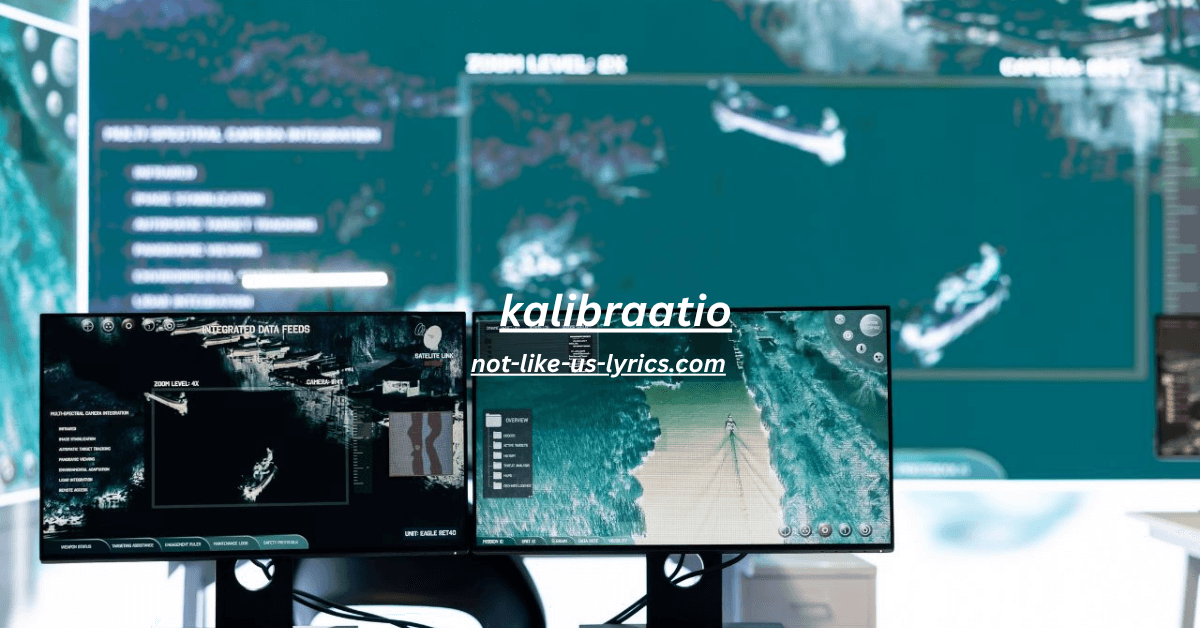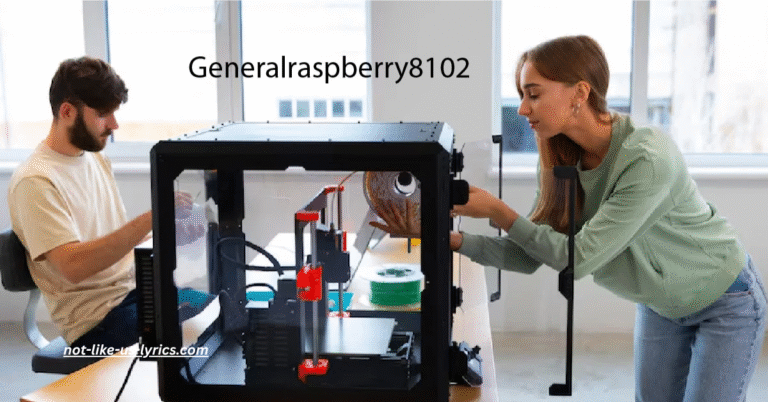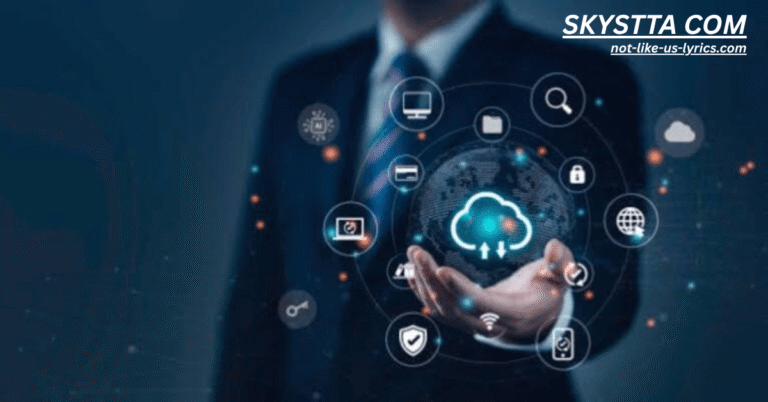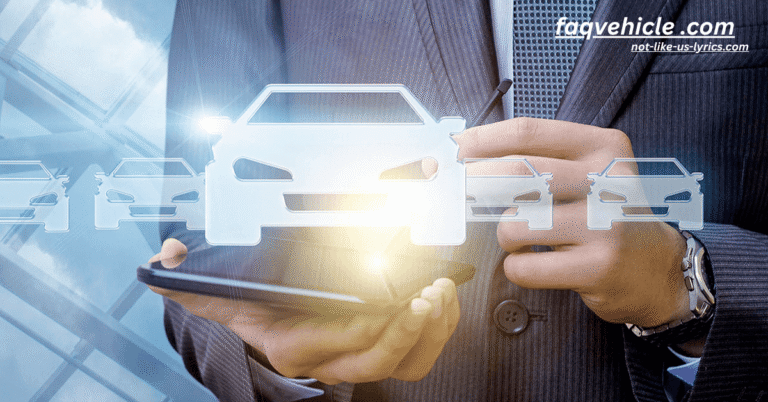Kalibraatio Explained: The Key to Precision and Accuracy in Industry 2025
Kalibraatio, or calibration, is the hidden hero behind the precision and safety in modern life. From life-saving medical tools to the automated arms of aerospace engineering, calibration ensures that every reading, adjustment, and action taken by machines and devices is accurate and reliable. It’s not just a technical step; it’s a powerful promise of consistency and trust.
When you hear the beep of a thermometer or read data from an environmental monitoring station, you’re relying on calibrated instruments. Calibration helps prevent costly mistakes, ensures legal compliance, and fosters innovation across industries. It’s a quiet but essential process that ensures quality assurance, equipment adjustment, and predictive maintenance.
Core Concepts
Understanding the Meaning of Kalibraatio
Kalibraatio is the act of comparing a measuring instrument to a known reference standard. If discrepancies are found, adjustments are made to bring the instrument within accepted tolerance limits. This ensures measurement traceability and upholds data reliability.
The process typically involves certified calibration performed in specialized calibration labs using high-precision tools. Whether it’s adjusting instruments or verifying measurements, the goal is always to achieve traceable calibration to national or international standards like those from ISO.
The Role of Calibration in Everyday Life
You experience the results of calibration every day. Your smartwatch, thermometer, or blood pressure monitor depends on accurate measurements to provide life-relevant information. These devices are often self-calibrating, a modern advancement that still hinges on traceable calibration during manufacturing.
From home thermostats maintaining ideal temperatures to CNC machines carving components with exact precision, the role of calibration spans environments, improving comfort, safety, and efficiency. In many ways, calibration is the backbone of trust between humans and technology.
Why Accuracy in Measurement Is Crucial
Imagine a glucose meter giving a slightly wrong reading. The consequences for a diabetic patient could be life-threatening. That’s why calibration isn’t optional—it’s essential. Accuracy in measurement protects lives, prevents failures, and boosts confidence in the tools we rely on.
From pharmaceutical companies maintaining strict production controls to aviation authorities ensuring safe flights, the cost of inaccuracy is high. Calibration minimizes human error, supports legal compliance, and empowers industries to function with integrity.
Technical Aspects
How the Calibration Process Works Step-by-Step
The calibration process typically begins with selecting a reference standard. This standard should have greater accuracy than the instrument being tested. The instrument is then tested across its operating range. Any measurement discrepancies are noted.
If deviations exceed acceptable tolerance, adjustments are made to bring the instrument back into compliance. This process can be automated in modern facilities with IoT calibration systems, ensuring fast, consistent, and accurate results through cloud-based monitoring.
What Is a Calibration Certificate?
A calibration certificate is the official documentation that proves a device has been tested against reference standards. It includes key data such as the device’s performance, date of calibration, the standards used, and who conducted the calibration.
These certificates are crucial for maintaining calibration compliance in regulated environments, such as those overseen by FDA or ISO. For industries like healthcare or manufacturing, certificates are more than documents—they’re legal and operational necessities.
Common Challenges in the Calibration Process
Despite technological advancements, calibration faces a few challenges. Environmental factors like humidity and temperature can affect measurement tools, requiring extra care during calibration. Human error in manual calibration also remains a concern.
Another challenge is maintaining a strict calibration schedule. Overdue calibrations can result in faulty data, potential recalls, or safety violations. Automated calibration systems help mitigate these issues, ensuring regular recalibration without lapses.
Use Cases & Applications
Industries That Depend on Calibration
Almost every modern industry depends on kalibraatio. The manufacturing industry relies on precision tools and measurement tools to ensure parts are created to exact specifications. Pharmaceutical companies need calibrated sensors to ensure product safety and potency.
Hospitals, laboratories, and aerospace systems also depend heavily on accurate instruments. Every industry requiring scientific accuracy, measurement verification, and compliance finds its foundation in reliable calibration.
Scientific Use of Kalibraatio
In science, even minor measurement discrepancies can compromise years of research. Instruments like microscopes and spectrometers are regularly calibrated to ensure the highest levels of data reliability and repeatability.
Research facilities and metrology services often use automated calibration to improve consistency. In these environments, adjusting instruments with sub-micron accuracy isn’t optional—it’s expected.
Kalibraatio in Healthcare and Medical Devices
From glucose meters to blood pressure monitors, thermometers, and hospital-grade imaging systems, healthcare devices must meet extremely strict calibration standards. The FDA mandates calibration compliance to avoid diagnostic errors and ensure patient safety.
Even predictive maintenance in hospitals—like knowing when an MRI machine needs servicing—relies on calibrated data. Without it, equipment might fail unexpectedly, risking patient care and hospital reputation.
Calibration in Technology and Manufacturing
The manufacturing industry thrives on accuracy. Torque wrenches, CNC machines, and robotic systems need regular recalibration to function correctly. Failure to do so can result in defective products or even system failures.
With IoT calibration and cloud-based monitoring, manufacturers can now achieve continuous precision with fewer manual interventions. This enables better quality control, cost efficiency, and faster time-to-market.
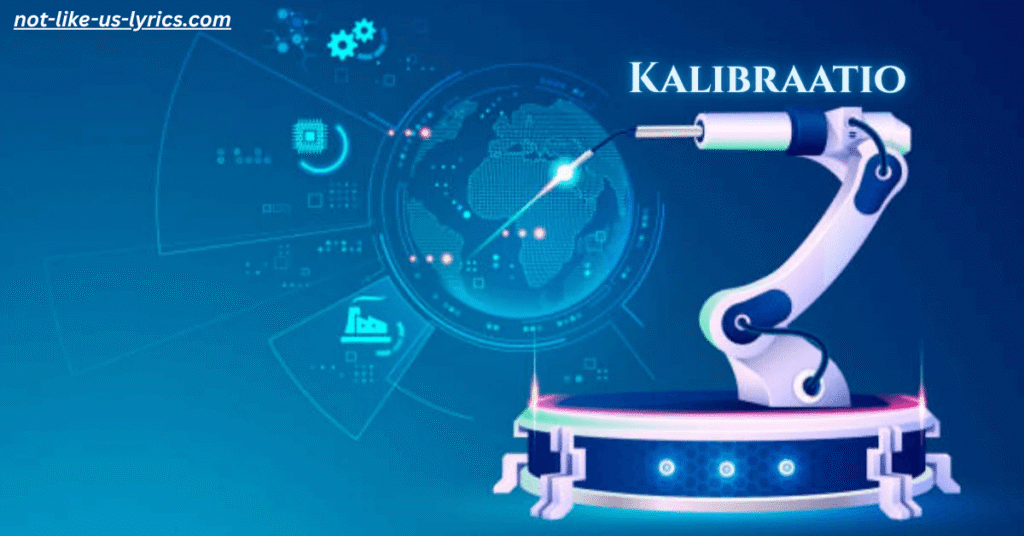
The Role of Calibration in Aerospace and Automotive
In the aerospace and automotive sectors, the margin for error is razor-thin. A small miscalibration in a component can lead to catastrophic consequences. Aviation authorities require certified calibration for instruments involved in navigation, communication, and control systems.
Technologies like AI in calibration help aerospace companies maintain safety while reducing downtime. With automated calibration, planes and vehicles are more reliable, efficient, and prepared for the challenges of modern transport.
Tools & Instruments
Devices That Require Regular Calibration
Dozens of tools require calibration to maintain their accuracy and compliance. These include microscopes, spectrometers, glucose meters, blood pressure monitors, CNC machines, smartwatches, and home thermostats.
Environmental monitoring stations also require frequent calibration to ensure accurate reporting of pollution levels, temperature, and humidity. Failure to recalibrate can lead to skewed data and potentially harmful outcomes.
How Often Should Instruments Be Calibrated?
There’s no one-size-fits-all answer, but most instruments follow a routine calibration schedule based on usage intensity, criticality, and manufacturer recommendations. Instruments in critical operations may need daily or weekly calibration.
For non-critical tools, monthly or quarterly recalibration may suffice. However, regular recalibration ensures long-term reliability, protects operational efficiency, and preserves compliance with ISO standards.
Who Performs Kalibraatio and Where?
Certified professionals in calibration labs carry out most calibration services. These labs use high-precision tools and reference standards to ensure measurement traceability and compliance.
In some cases, mobile calibration services are available, especially for large machinery or on-site operations. Many organizations now use automated calibration systems integrated with AI and IoT for real-time accuracy.
Future Outlook
Technology and Automation in Calibration (2025 and Beyond)
Automation is revolutionizing kalibraatio. Smart systems now self-diagnose, recalibrate, and alert users before discrepancies become dangerous. In 2025 and beyond, we’ll see even greater integration of AI in calibration and machine learning to predict failures.
This shift toward predictive maintenance and automated monitoring reduces human intervention, boosts accuracy, and minimizes downtime. The result? Safer, smarter, and more sustainable calibration.
The Rise of AI and Cloud-Based Calibration
AI and cloud technologies are reshaping calibration. Devices connected through the Internet of Things (IoT) can now upload performance data in real time, where it’s analyzed to ensure accuracy and signal maintenance needs.
Cloud-based monitoring platforms provide dashboards for compliance tracking, certificate management, and remote recalibration. This means fewer errors, faster audits, and a more secure calibration lifecycle.
Sustainability and the Future of Kalibraatio
Sustainable calibration focuses on longer-lasting devices, fewer recalibrations, and reduced waste. Smart sensors now consume less power and offer longer life spans without sacrificing accuracy.
By embedding sustainability into the calibration process, industries can cut costs, reduce environmental impact, and still uphold the highest standards of accuracy and safety.
Best Practices
How to Ensure Accurate Results Through Regular Calibration
Follow a documented calibration schedule. Use only certified calibration labs or professionals. Always demand a calibration certificate after every service.
Integrate IoT calibration systems and cloud-based platforms to track recalibration needs in real time. Combining auto
READ MORE: Prostadine Colibrim
